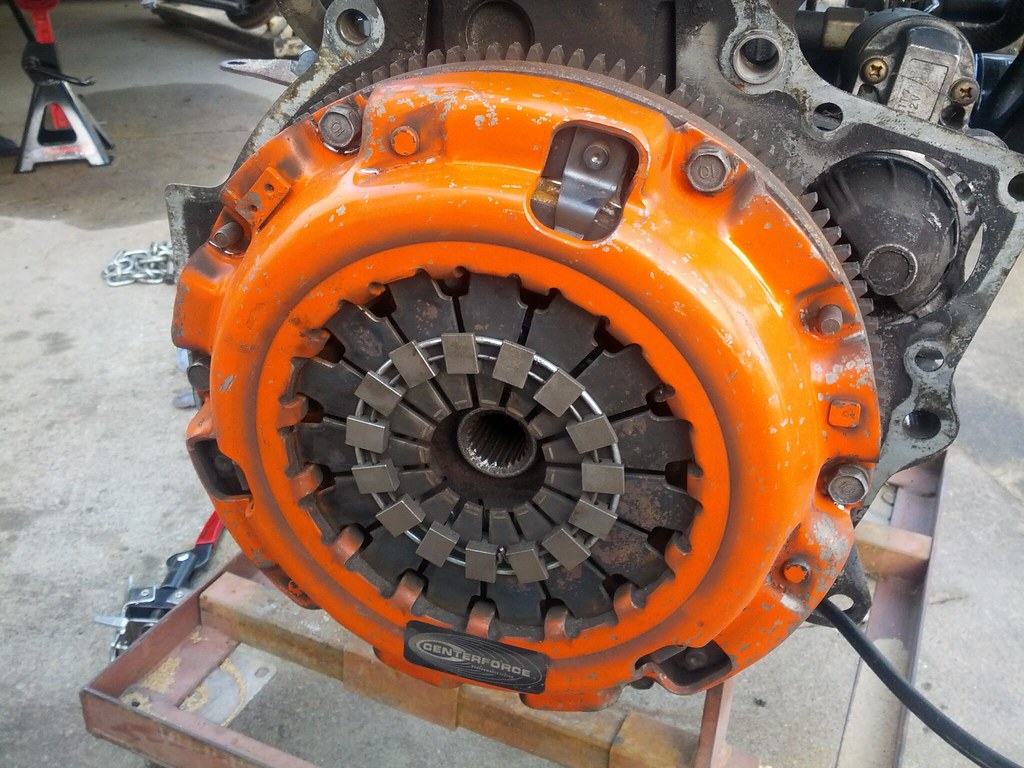A car is a set of parts that work together, subject to strong constraints. These stresses cause friction, which inevitably leads to wear and tear. The whole art of economical driving consists of anticipating events to anticipate your vehicle’s reactions better.
That’s all it takes!
We assure you that with our tips and a little practice (you have to get back into good habits!), your tires will wear and tear much slower; less need to change, and therefore less need to take out your wallet!
1. Do not mishandle tires
Tires are the only link between you and asphalt. A perfect reason to be careful! In general, a smooth, flowing ride, which avoids sudden braking and acceleration, contributes fully to tires’ economy.
– Steer gently. Power steering takes its toll by increasing the speed of the steering wheel. Take the time to turn the steering wheel.
– Check tire pressure. An under-inflated tire can burst; an over-inflated tire will wear prematurely and unevenly.
– Drive on sidewalks gently to avoid shearing the tire.
Good to know: Tire pressure is listed in the vehicle service manual.
2. Warm-up
The general wear and tear of a car are particularly rapid in its first minutes of operation. The oil in the engine and gearbox, which is more viscous, does not lubricate correctly. Metal parts are often wet, and water condenses.
Therefore, it is essential to adopt a more flexible and calm driving style in the first few minutes of operation.
– Avoid hard acceleration. Not only will you save wear and tear, but you will also save fuel because a vehicle always consumes more energy when cold than when hot.
Good to know: when cold, the tachometer needle should never exceed 2,000 rpm.
3. Use of the engine brake
A car is equipped with 3 types of brakes:
– handbrake;
– foot brake;
– engine brake.
The engine brake is there to decelerate smoothly without wearing out the brake pads. This one makes your life easier when it is well used:
– adapt gear ratio to speed so that the power of the engine brake respond to your needs;
– gradually and smoothly release the clutch pedal after shifting from one gear to a lower gear to allow the engine brake to produce its effect efficiently but without abruptness.
Note: Be careful not to downshift abruptly when your speed is high; you will risk breaking the transmission.
4. Take care of the clutch

Nothing worse than foot-dragging on the clutch pedal. Subjected continuously to vehicle movement, your foot nonchalantly stroking the pedal will soon reduce the life of your clutch by tens of thousands of kilometres. And that’s a huge bill.
It is advisable to follow these instructions to preserve your clutch:
– When starting, gently release the pedal to avoid jerks and bumps;
– To stop at a red light, shift into neutral and release the clutch pedal;
– Do not drive with your foot on the clutch.
5. Save battery
Some good reflexes to adopt to limit electricity consumption:
– turn off the air conditioning in automatic mode;
– use headlights (not systematically in broad daylight, for example) and hazard warning lights wisely;
– Decrease the listening time of the car radio.
These are all power consumers that use the battery, and therefore the car’s charging system called the alternator. To rationalize your electricity consumption, use only the accessories you need.
Hope the above helps you achieve better driving skills. Please do not hesitate to comment and share some more techniques with our readers.




